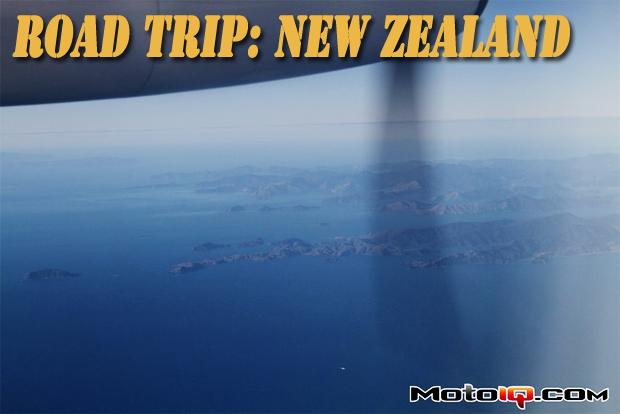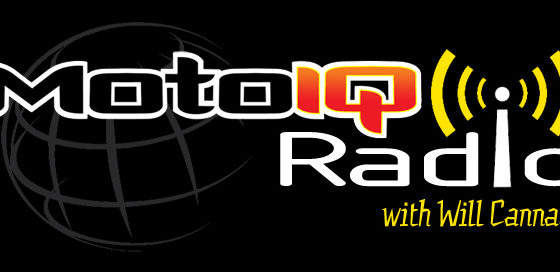,
 |
| Sharing the road with a tractor and other farm equipment seems somewhat normal to me after so many years living in the Mid-Atlantic farming region, but the SoCal Girl at heart says WTF?!?!? By the way, this one was luckily going the other direction but I did get stuck behind these a few times driving and they have about the same impact on moving traffic as a cow sauntering into the middle of a rickshaw congested intersection in India. |
Lesson #5: Yield to the Right (mostly)
Once you've mastered the art of looking right first, most intersections are yield to the right (one white line) meaning you can California stop your way through. Yellow painted lines require a full 3 second stop before proceeding. I love this rule, until it becomes perplexing. Let's say you and an oncoming car both want to turn down the same side street at an uncontrolled intersection; you turning left, the opposing car turning right. You must yield to them and let them turn in front of you. Weird enough, but it gets even more confusing. If you want to turn right down a side street where there is a car that wants to turn right in the direction you are currently traveling, again- you must yield (right) to them! This is by far the hardest rule to get used to and is supposedly being phased out in March 2012.
If you are gung-ho on reading up on the NZ road code, it even states if you want to turn right but there are cars following you closely or going fast and you would hold them up by waiting for oncoming traffic to pass, you should signal left and wait on the shoulder until those cars pass you and then turn right. Luckily, I never came across this situation so just file this tip under “unnecessary.”
 |
| There is no shortage of cones in NZ construction zones. The road was unpaved but open for business. Maybe I'm just used to potholes that swallow tires in the northeast, but road conditions were mostly good. |
Lesson #6: Know your Lines
Very similar to the states, double yellow means no passing either direction while a solid yellow line on your side means you can't pass. A white dashed line on your side means you can pass and dashed yellow indicates a no passing lane is coming up. And they come up fast. Passing zones are sometimes just 50-100 meters so depending on your speed, passing will occasionally feel like playing a game of chicken against a real cock.
Luckily, this NZ aggressive driver mentality corresponds to driving windy roads at a decent clip- and there is no shortage of windy roads! The one fan-tab-u-lous thing about NZ passing is just when you're about to come up behind a heavily loaded lorry at the base of the steep mountain, (if there's room) most trucks/buses/wimps move to the left and ride the shoulder to let faster traffic pass. Do you know how much road rage this would save me around here?
 |
| I believe those things sticking up from the overhead pole are microwave towers. Ironically, it is illegal to talk, text, or even use a hand held cell phone while driving in New Zealand. |



